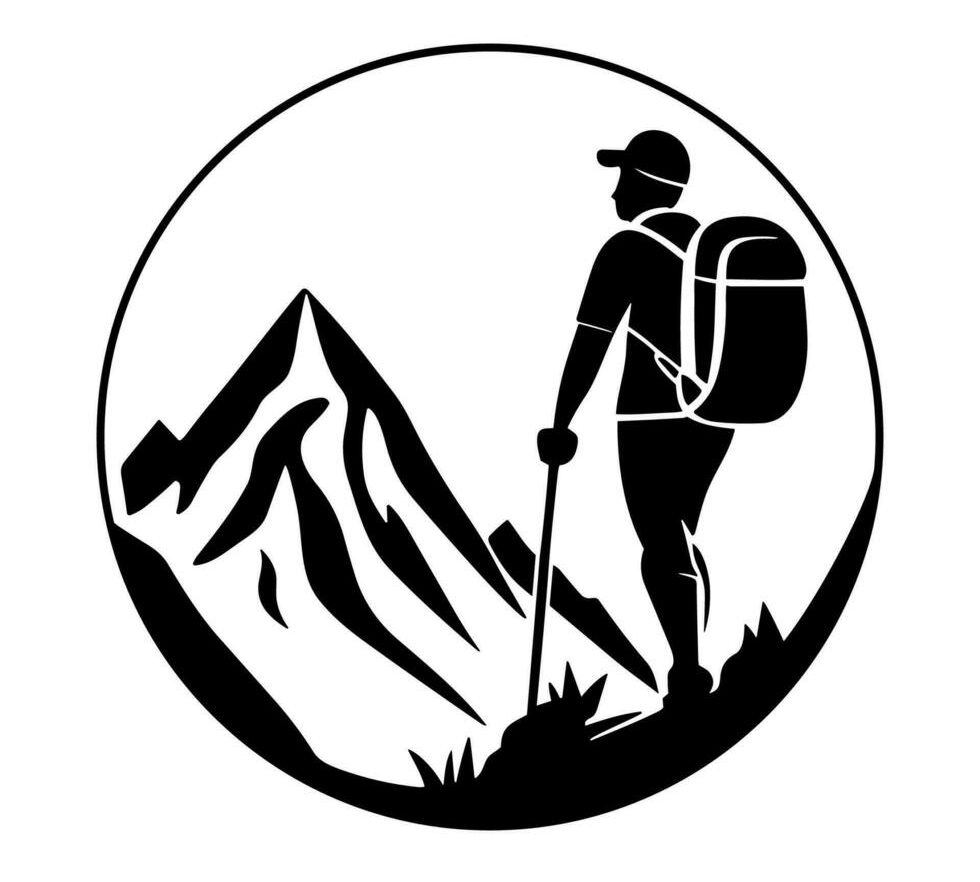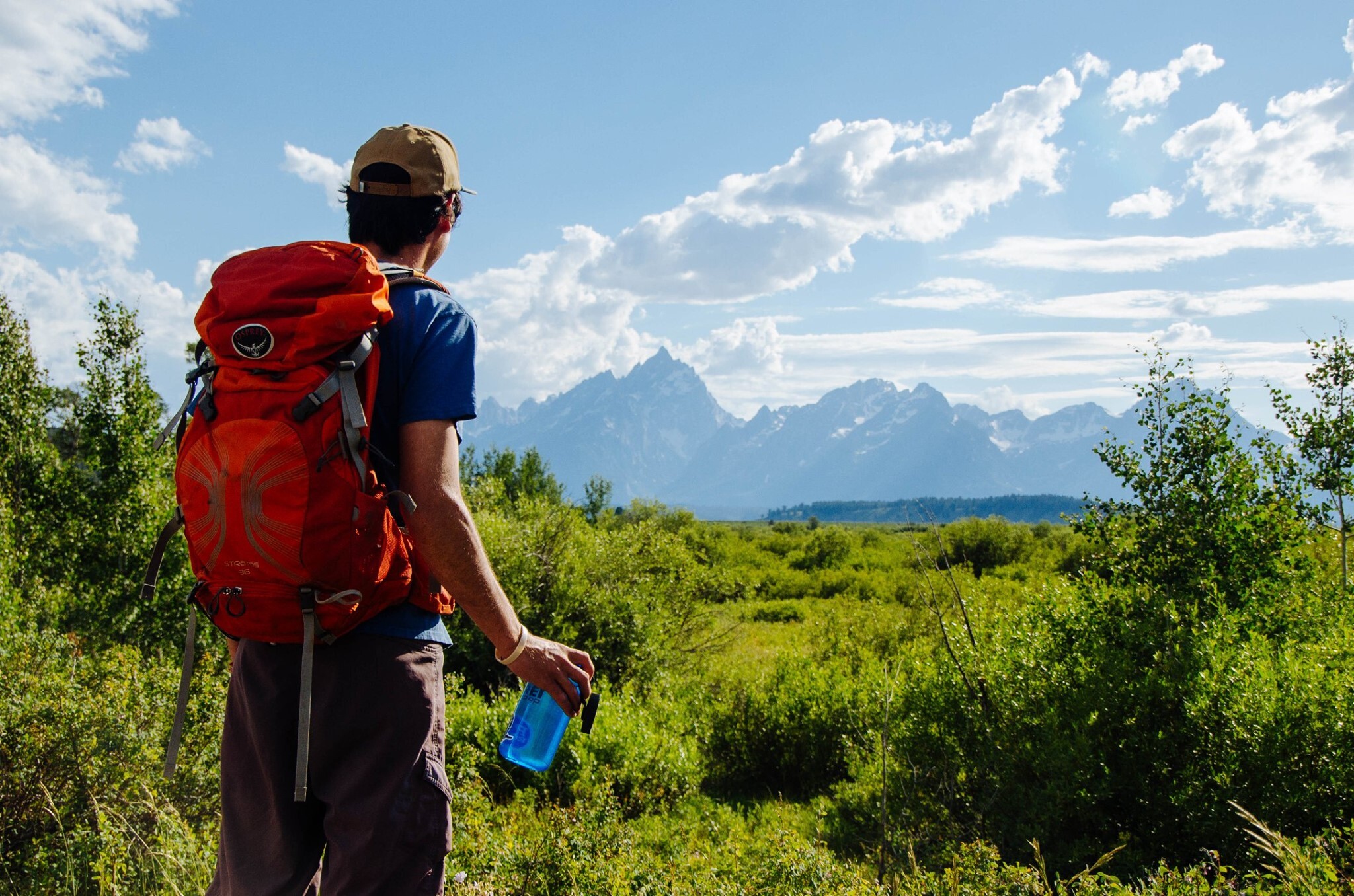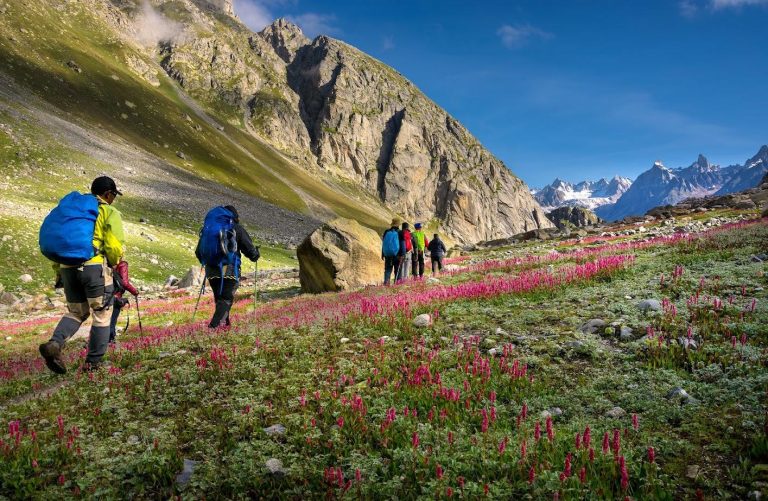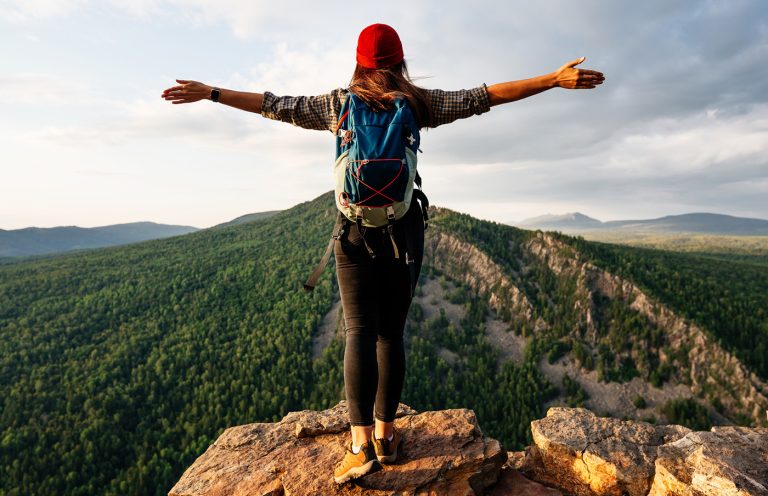Why Hiking is So Popular
There’s no denying that hiking has become a beloved activity for people of all ages and skill levels. Whether you’re looking for a weekend escape or a new hobby, hiking offers something for everyone. Here’s why so many people are drawn to the trails:
- Accessible to All Skill Levels: From easy strolls in the park to challenging mountain hikes, there are trails for all levels. Beginners can start with easy, flat trails, while seasoned hikers can tackle steep inclines and rugged terrain.
- A Chance to Disconnect: In a world filled with technology and constant notifications, hiking provides a welcome opportunity to disconnect. With each step, you leave behind the noise and immerse yourself in the beauty of nature, allowing you to recharge mentally and physically.
- Connect with Nature: Hiking offers an up-close look at nature’s wonders. Whether you’re walking through forests, beside flowing rivers, or on top of rocky cliffs, hiking gives you a unique perspective and a deep sense of connection to the world around you.
A Social Experience or a Solo Adventure - Hiking can be a solo endeavor or a group activity, offering flexibility depending on your mood and preferences. Some people love the solitary nature of hiking, using the time alone to reflect, meditate, or just unwind. The stillness and quiet of nature can foster an incredible sense of peace, allowing for introspection and a break from the hustle and bustle of daily life.
- On the other hand, hiking with friends or family can be a fun and rewarding way to bond. Whether you’re chatting as you walk, taking photos together, or sharing a snack at the summit, hiking provides plenty of opportunities for meaningful connections with others. It’s a shared experience that can deepen relationships and create lasting memories.
An All-Season Activity - Hiking isn’t just limited to spring and summer months. Many hiking trails are accessible year-round, allowing you to experience the changing landscapes with each season. Spring offers fresh blooms and a burst of color, while fall brings vibrant foliage and cooler temperatures, perfect for longer treks. In the winter, some trails become peaceful, snow-covered paths that provide a completely different hiking experience. Each season offers its own beauty and unique challenges, making hiking an activity you can enjoy all year long.
Hiking for Your Mind and Body - While hiking is a great way to enjoy nature, it also has numerous benefits for both the mind and body. The physical activity involved strengthens muscles, improves cardiovascular health, and boosts overall endurance. Whether you’re climbing a steep incline or walking along a flat path, your body is getting a workout that enhances stamina and flexibility.
- But hiking isn’t just good for your body—it’s great for your mental well-being, too. The act of getting outdoors, away from screens and distractions, allows you to focus inward. The rhythm of walking and the peace of the environment can help clear your mind and reduce stress. Spending time outdoors has been shown to improve mood, reduce anxiety, and increase feelings of relaxation and clarity. It’s a rewarding way to take care of both your physical and emotional well-being.
Final Thoughts: Why Hiking Should Be Part of Your Life - Hiking is much more than just a physical activity—it’s an opportunity to escape, connect, and recharge. Whether you’re a beginner exploring your local park or an experienced hiker tackling challenging terrain, there’s something special about stepping into nature and experiencing the world from a different perspective. The trails are waiting, and the adventure is yours to begin.
- So lace up your shoes, pack your gear, and step outside. Whether you’re seeking solitude, social interaction, or simply a new way to stay active, hiking is a journey worth taking.
The Benefits of Hiking
Hiking isn’t just good for the soul—it’s also excellent for your body. Here are some of the physical and mental benefits of hitting the trails:
- Boosts Physical Fitness: Hiking is a full-body workout that helps improve cardiovascular health, increase strength, and enhance endurance. It strengthens your leg muscles, builds core stability, and boosts overall fitness. The natural variations in terrain—hills, rocks, and roots—also make hiking an excellent way to build balance and coordination.
- Improves Mental Well-being: Spending time outdoors has been linked to reduced stress and anxiety. The rhythm of walking, combined with the beauty of nature, helps to clear your mind and promote relaxation. Studies also show that hiking can enhance mood and increase happiness by lowering cortisol (stress hormone) levels.
- Enhances Creativity: Whether you’re in nature for a few hours or several days, hiking can help increase creativity and problem-solving abilities. The peaceful environment and physical activity promote mental clarity and allow you to think more freely.
How to Get Started with Hiking
If you’re new to hiking or looking to get back into it, here are some simple steps to help you get started:
- Start Small: Choose a beginner-friendly trail that’s easy to follow and doesn’t require too much physical exertion. Local parks and nature reserves often have short, well-marked trails that are ideal for newcomers.
- Wear the Right Gear: Comfortable, supportive footwear is essential when hiking. Invest in a good pair of hiking boots or shoes that are appropriate for the terrain you’ll be on. Dressing in layers is also key, as it allows you to adjust your clothing based on changing weather conditions. Don’t forget a hat and sunscreen for sun protection!
- Pack Essentials: Bring water, snacks, and a small first aid kit to ensure you’re prepared for the hike. If you’re heading out on a longer trail, consider taking a map, compass, or GPS device for navigation.
- Know Your Limits: It’s important to hike at your own pace. Don’t feel pressured to go faster or farther than you’re comfortable with. Take breaks when needed, and always listen to your body.
The Best Types of Hikes for Beginner
Not all hiking trails are created equal. For those new to the activity, it’s best to stick to easier hikes at first. Here are some great options for beginners:
- Nature Walks: These short, flat trails are often paved or well-maintained. They’re perfect for a leisurely walk with minimal elevation gain and little to no challenge.
- Scenic Lookout Trails: Look for hikes that lead to a scenic viewpoint. These trails are usually moderate in difficulty but reward hikers with stunning vistas at the summit.
- Waterfall Hikes: Many trails are designed to take you to beautiful waterfalls. These can range from easy to moderate in difficulty but are usually a highlight for nature lovers.
Hiking Etiquette: Respecting the Trail
As with any outdoor activity, there are a few basic rules of etiquette to follow to ensure everyone has an enjoyable and safe experience:
- Stay on Marked Trails: Don’t venture off-trail, as this can damage the environment and cause soil erosion. Staying on the trail ensures you’re not disturbing wildlife or fragile ecosystems.
- Respect Other Hikers: Yield the trail to faster hikers, especially on narrow paths. When hiking in groups, be mindful of your noise level and keep the trail clear for others.
- Pack Out What You Pack In: Always carry out all trash, including food wrappers and water bottles. Leave no trace to help preserve the beauty of nature for others.
- Follow Trail Signs: Adhere to posted trail markers and instructions, especially in areas with wildlife or hazardous terrain. Trail signs are there for your safety.



